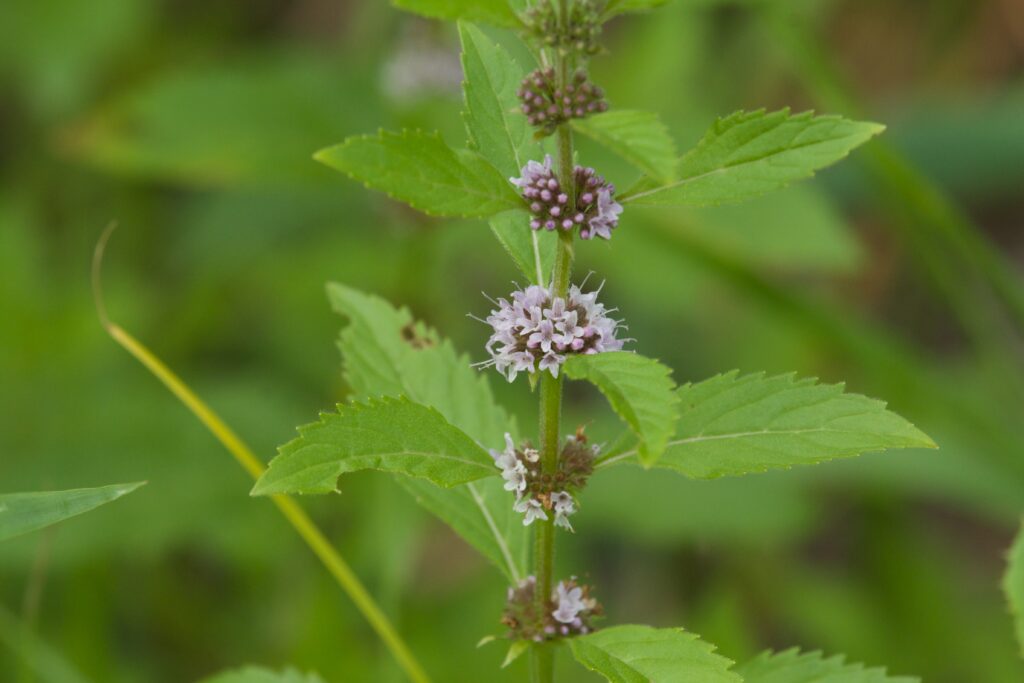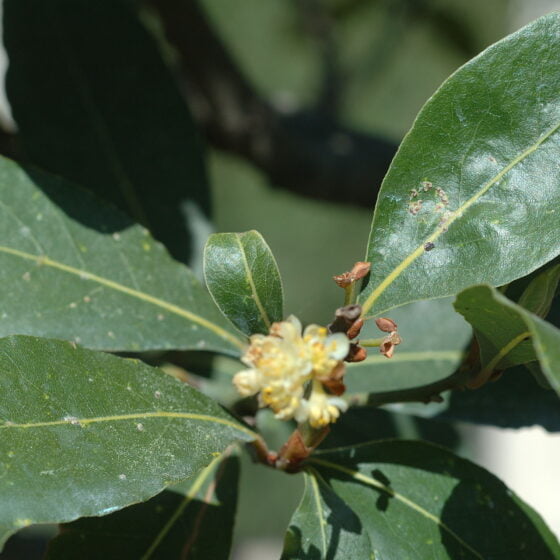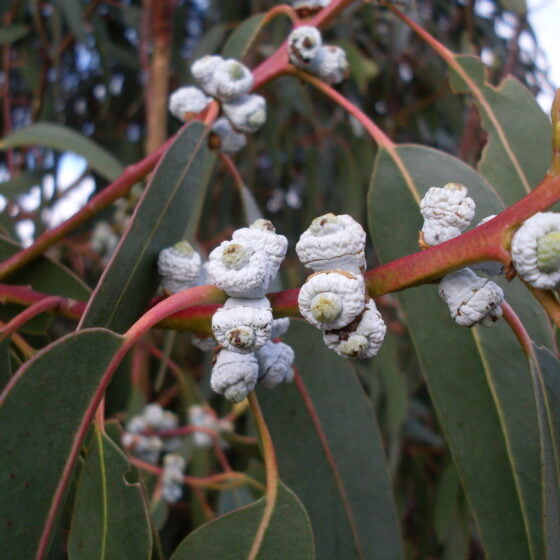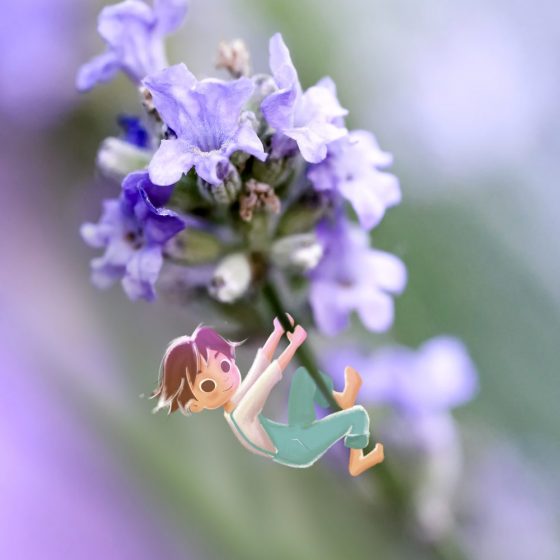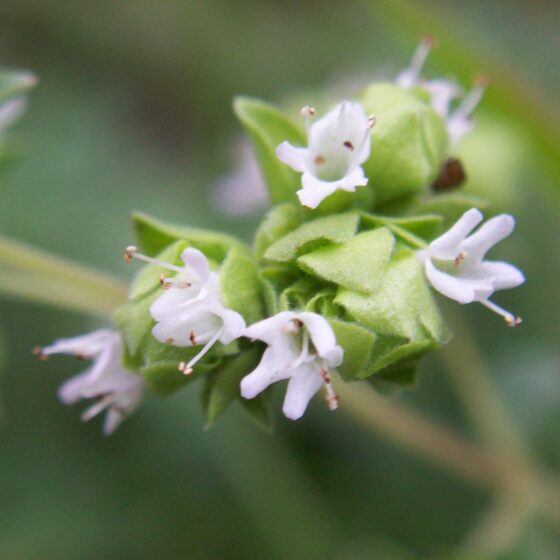
Mint arvensis dementholized 50% India
Mentha arvensis
General data
Harvest Calendar
- J
- F
- M
- A
- M
- J
- J
- A
- S
- O
- N
- D
Product details Fragrance side
Fresh, strong, arvensis mint is associated with musky or coumarin backgrounds. Its mentholated facet brings freshness to oriental accords.
About
Mentha arvensis or mint, also called “field mint” and “cornmint,” is a perennial plant covered with very fine hairs. The square stems bear oval leaves with serrated edges. Small, lilac-colored flowers form dense heads at the tops of the stems. This wild species grows in meadows and along the edges of wetlands in Europe. In India, it is grown by smallholders on plots of not more than a hectare. Harvesting is done by hand, reaping with a sickle. The aromatic greens are then dried in the open air before being transported to the distillery to be steam-distilled. The resulting essential oil is then dementholated through freezing. The plant contains so much menthol that it precipitates at room temperature. Indeed, Menthe arvensis is a “menthol mint,” like peppermint. The cooling process crystallizes the menthol and helps clarify the essential oil. Despite this process, the mint essential oil still retains 50% of this molecule and thus conserves its minty fresh character.
Though introduced in Japan in 1,750 years ago, “field mint” began being used in traditional Chinese medicine as early as 984, during the Song Dynasty. The first indications of its being cultivated date back to the Ming Dynasty (1368-1644). Menthol was first isolated from the essential oil of Mentha arvensis in 1870. China then began mass production of the essential oil and menthol in the Shanghai region in 1923. This mint was introduced in India in 1953, which triggered Ibdian trade of the “field mint” essential oil.
Fragrance side
Fresh, strong, arvensis mint is associated with musky or coumarin backgrounds. Its mentholated facet brings freshness to oriental accords.
About
Mentha arvensis or mint, also called “field mint” and “cornmint,” is a perennial plant covered with very fine hairs. The square stems bear oval leaves with serrated edges. Small, lilac-colored flowers form dense heads at the tops of the stems. This wild species grows in meadows and along the edges of wetlands in Europe. In India, it is grown by smallholders on plots of not more than a hectare. Harvesting is done by hand, reaping with a sickle. The aromatic greens are then dried in the open air before being transported to the distillery to be steam-distilled. The resulting essential oil is then dementholated through freezing. The plant contains so much menthol that it precipitates at room temperature. Indeed, Menthe arvensis is a “menthol mint,” like peppermint. The cooling process crystallizes the menthol and helps clarify the essential oil. Despite this process, the mint essential oil still retains 50% of this molecule and thus conserves its minty fresh character.
Though introduced in Japan in 1,750 years ago, “field mint” began being used in traditional Chinese medicine as early as 984, during the Song Dynasty. The first indications of its being cultivated date back to the Ming Dynasty (1368-1644). Menthol was first isolated from the essential oil of Mentha arvensis in 1870. China then began mass production of the essential oil and menthol in the Shanghai region in 1923. This mint was introduced in India in 1953, which triggered Ibdian trade of the “field mint” essential oil.
Other type of extracts
(Aromatic)
